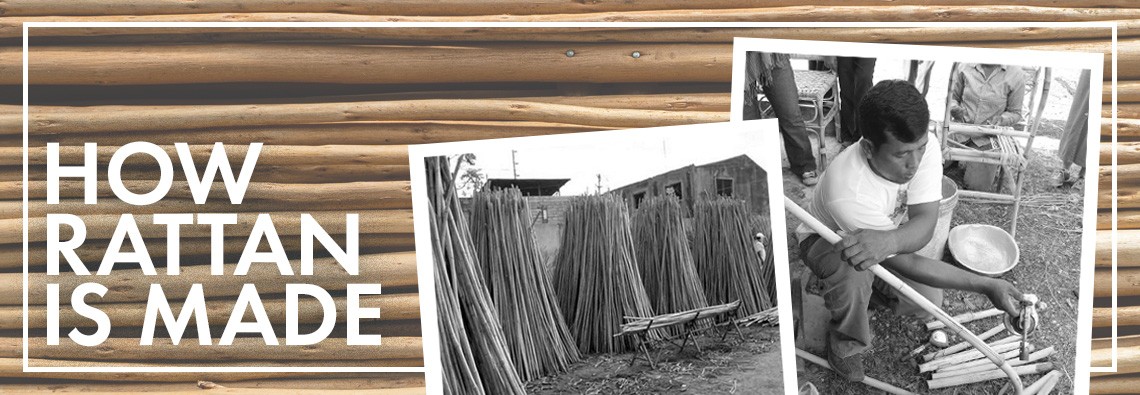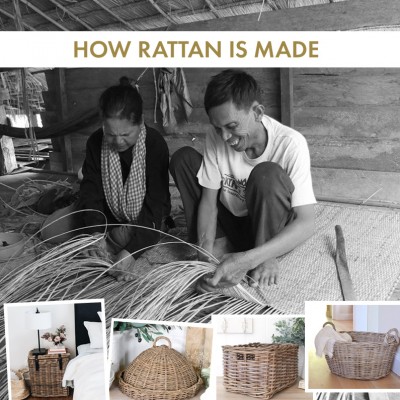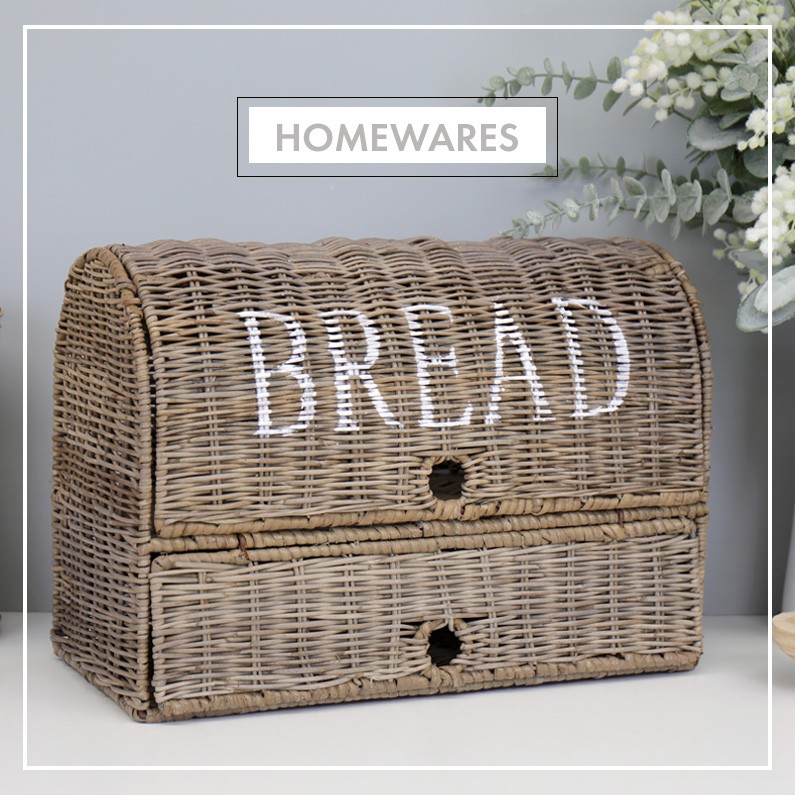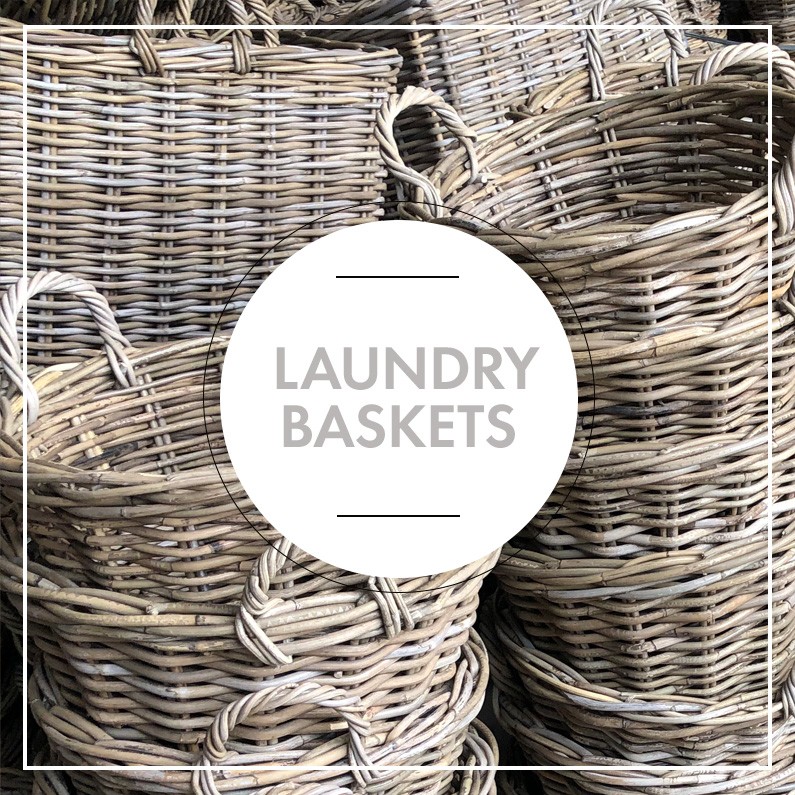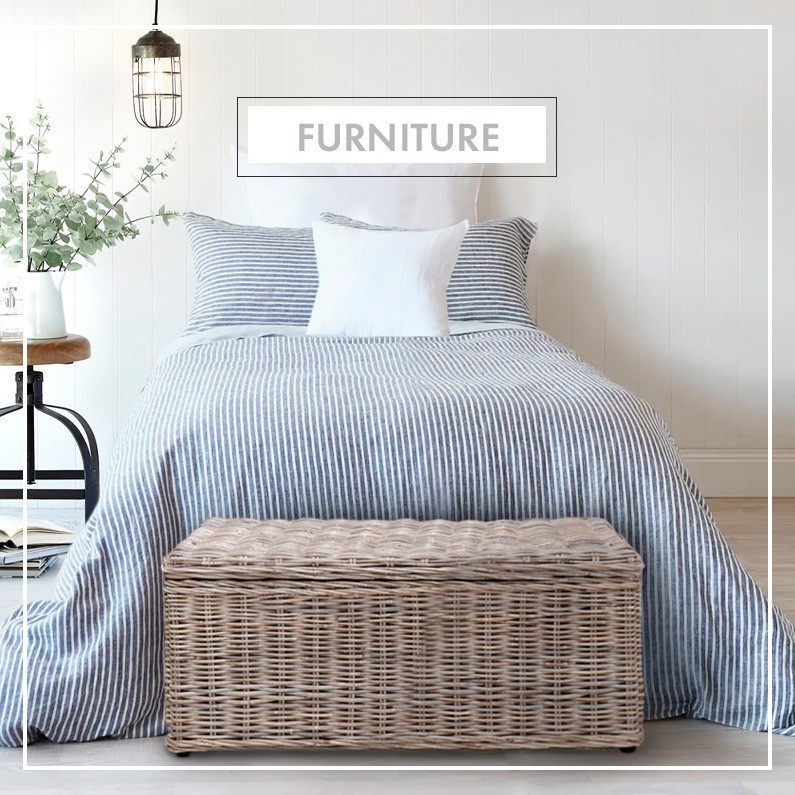How is Rattan Made? From the Jungle to Your Home
How is Rattan Made?
Rattan is made from a natural vine that grows in the tropics and is woven by skilled craftsmen. A versatile, sustainable material, rattan is used to make a wide range of homeware products such as furniture, baskets, lampshades as well as other decorative items. Before it's turned into homewares, rattan starts as a climbing palm growing in tropical climates in South East Asia. It's harvested for its flexible and lightweight stems, and then expertly woven by master craftsmen. We will explore the journey of rattan from the jungles of South East Asia to sitting in your living room.
How is Sustainable Rattan Harvested and Processed?
The first step to producing a sustainable rattan homeware item is to harvest the stems from the plant. Rattan is a climbing palm which can grow upwards of 100 metres in length. The diameter of the stems stays almost constant all the way up - between 2cm and 5cm - which makes them ideal for weaving.
The stems are harvested when they mature, after 2-3 years of growth, then they're cut at the base and transorted to processing facilities.
Once the stems reach the processing facility, they are sorted by their size as well as their quality. Rattan grows with some protective thorns on the outside so these are stripped off to leave the long slender canes.
How is Natural Rattan Prepared for Weaving?
After harvesting, rattan is prepared for weaving in a variety of ways. First, it is still green and filled with sap. So it is washed and heated to remove impurities. Then it is dried for several weeks. After this, it achieves the beautiful honey colour that we are all familiar with.
Depending on how the canes are going to be used, they may leave the outer layer (bark) on the stems, or they may carefully peel it off.
The thin bark layer - called strands - is a strong and glossy weaving material that is used to strap the joins in furniture pieces, to create decorative panels like the woven seats of bistro chairs, or for weaving delicate smaller items like our classic Rattan Tissue Box Covers and Coffee Table Trays.
The rattan core that is left is polished smooth and used for weaving furniture or baskets. This material can be passed through a machine to create thinner stems like spaghetti that are used for weaving small items like our classic Milton Bread Baskets. It is also quite absorbent so it's ideal for staining or painting with a variety of colours.
Rattan stems that are left with the bark on are used for weaving the larger furniture and baskets you know and love because it is such a strong material.

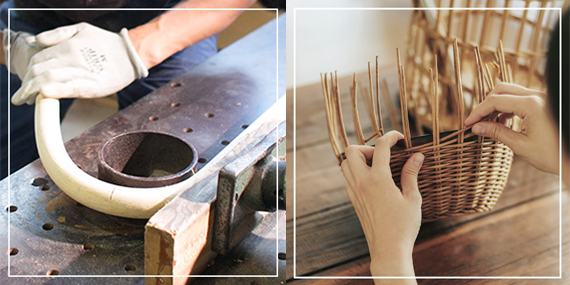
How is Antique Grey, Kubu Rattan Made?
To make antique grey, or kubu rattan, the rattan canes with the bark on are simply immersed in a water pit for several weeks. This naturally ages the colour of the canes to that classic darker grey-brown that is so popular in a farmhouse, Hamptons or country cottage style. After soaking, they are washed and dried - and that's it - they are ready to use. No other treatment is needed to produce that wonderful natural look we all love.
How do They Weave Rattan Decor?
The weaving process of rattan decor is labour intensive, requiring skill as well as attention to detail. There are multiple different weaving techniques which are used to make different patterns or designs.
For furniture and baskets, a frame might be made from thicker pieces of rattan or even wood, and then the piece is woven around this.
For smaller or more delicate items, one of the most common weaving techniques used is the 'cane webbing' technique. This involves weaving thin strips of rattan in a crosshatch pattern over a frame to create a flat surface.
Another common technique used in rattan furniture is called 'wicker'. Wicker is a term which can often be used interchangably with rattan, but it actually refers to the weaving technique used to create the furniture rather than the material itself. Wicker involves weaving thin strips of rattan following a crisscross pattern around a frame in order to create a three-dimensional object.
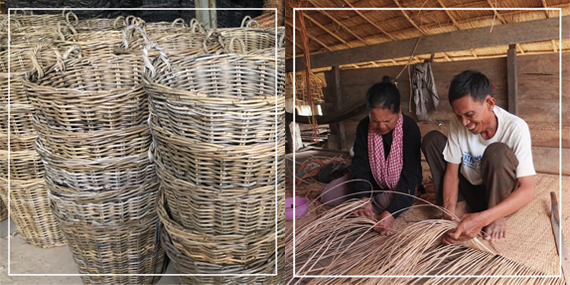
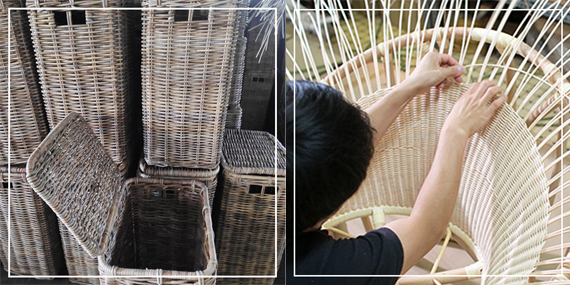
How are Rattan Homewares Finished?
After the rattan has been woven, it is then finished by removing any tiny fibres that have come free from the cane. This is usually done by lightly running a blowtorch over the piece which burns away the tiny flyaway hairs and leaves the piece looking perfect. It's as simple as that!
Before being imported into Australia, like all natural materials it will be fumigated to the high standard required by AQIS to protect our natural environment from unwanted pests.
How Do You Care for Rattan Homewares?
Rattan homewares are easy to maintain and can last for many years if cared for properly. Here are some of our best tips for maintaining your rattan furniture and decor.
- Keep your rattan products out of direct sunlight, or any heat source as this could cause the material to dry out and crack.
- Clean your rattan products regularly, using a soft cloth or brush to remove any dirt or debris.
- Avoid using any harsh chemicals or abrasive cleaners on your rattan products, these can damage the material. Instead mix a little gentle dish detergent with water and wipe it down to clean most of the dust which can accumulate.
- If your rattan furniture or decor has something spilled on it, use a wet cloth to wipe it clean. Rattan items made from whole canes with the bark on can be safely washed with water and a gentle detergent as long as you do it on a sunny day so they can dry quickly. Like any natural material, if rattan is left wet or damp, mould will start to grow on it. So make sure it is dried thoroughly and quickly.
- As handwoven items, if you notice any rattan canes or poles that have become unwoven, simply slip them back into their original position by hand.
Why Choose Rattan for Your Home?
Rattan is a beautiful, versatile material which has been used for centuries to make homeware products. From furniture to baskets, rattan adds a touch of natural elegance to any home decor. And its production is a sustainable process that supports the local communities in South East Asia, providing livelihoods to millions of people.
When you purchase our rattan homeware products, you're not just adding a beautiful addition to your home decor, you're also supporting a centuries-old industry and the local communities which rely on it. So next time you're shopping for homeware, consider adding a piece of rattan to your collection. Not only will it bring out a touch of natural beauty within your home, but it also supports sustainable practices and local communities.
At French Knot we bring you a wide range of beautiful rattan homewares - from furniture to baskets and decor.

